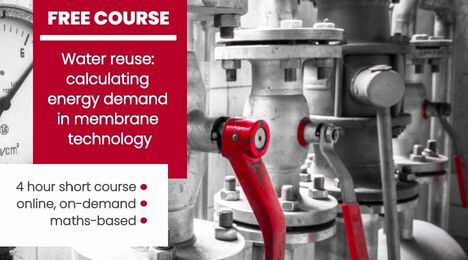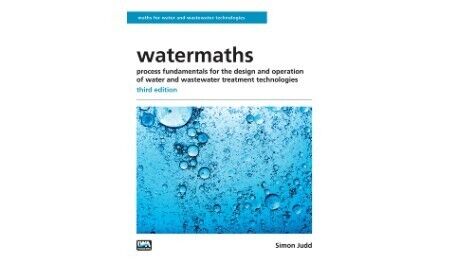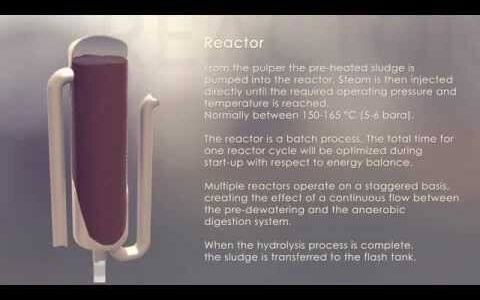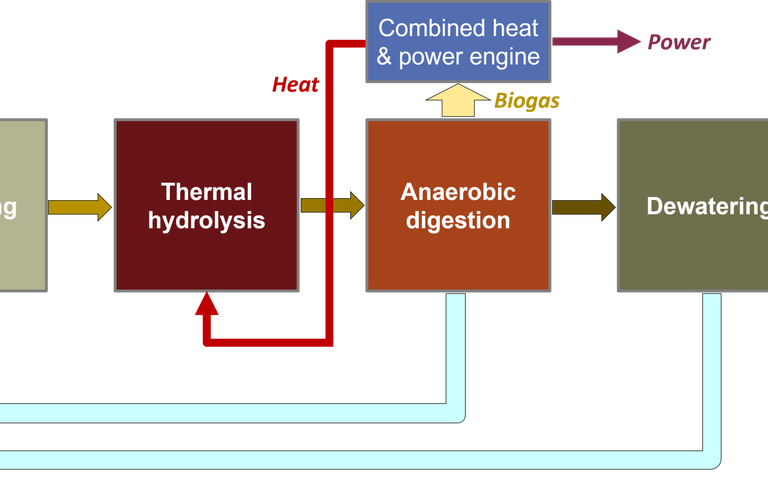Sludge treatment − conductive sludge dryers

How conductive sludge dryers work
For conduction (or conductive, or indirect) drying, the sludge is heated indirectly by bringing it into contact with a surface which is heated either by steam or a hot oil system.
Paddle, disc and thin film dryers are examples of conductive dryers which apply heat indirectly to the sludge solids through coming into contact with a rotating heated surface.
For a paddle dryer, heated horizontal paddles rotate in the sludge solids. The solids are held in a heated stationary vessel with dried material cascading from the end of the dryer. Paddle dryers can operate without backmixing since the agitation provided in the dryer is sufficient to avoid the formation of sticky sludge.
Paddle dryer for sludge treatment
Horizontal disc dryers operate in a manner similar to paddle dryers – heated discs or rings rotate in a mass of sludge. In this case, a proportion of the dried product sludge is often recycled to avoid the sticky phase.
For a thin film dryer, the sludge is coated on the outer heated wall of the dryer by a rotor. The agitation provided allows the sludge to be dried without the formation of a sticky phase, such that no back-mixing is required for this configuration. Thin film dryers provide only partial drying – up to 65% solids compared with 80–90% for most other dryers.
Other configurations include vertically-stacked multi-tray and plate press dryers. In a multi-tray dryer, recirculated granules coated with sludge are conveyed over horizontal heated trays via spreaders and transported by gravity from one tray to the next until they reach the outlet at the dryer base. Plate press dryers are based on filter presses, with supplementary heat (normally provided as steam) to enhance the mechanical dewatering.
Unlike convective dryers, conductive dryers have a moving part in the form of the rotating surface. They operate at a specific energy consumption between 800 and 955 kWh per ton of evaporated water and provide a specific drying rate of 7-35 kg m-2 h-1 (Arlabosse et al, 2012).
Because they do not use hot gas to directly heat the sludge, the volume of waste gas stream and the amount of volatile organic carbon and odour generated by conductive drying is lower than for convective dryers. However, the thermal energy from the hot gas source has to be captured by a fluid - usually heating oil - and delivered to the heated surface; i.e., heating is indirect rather than directly by the hot gas source.





